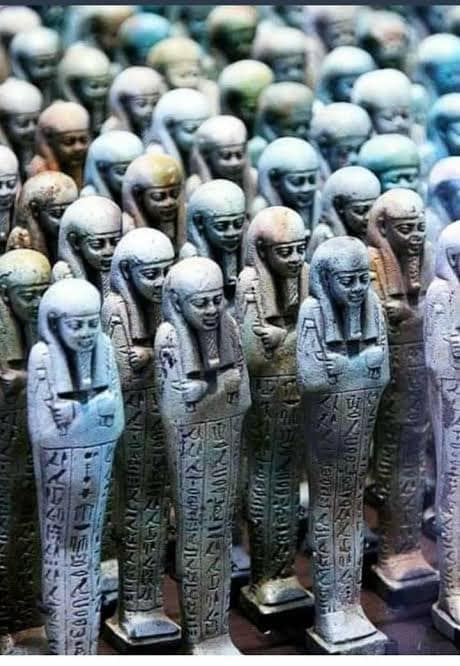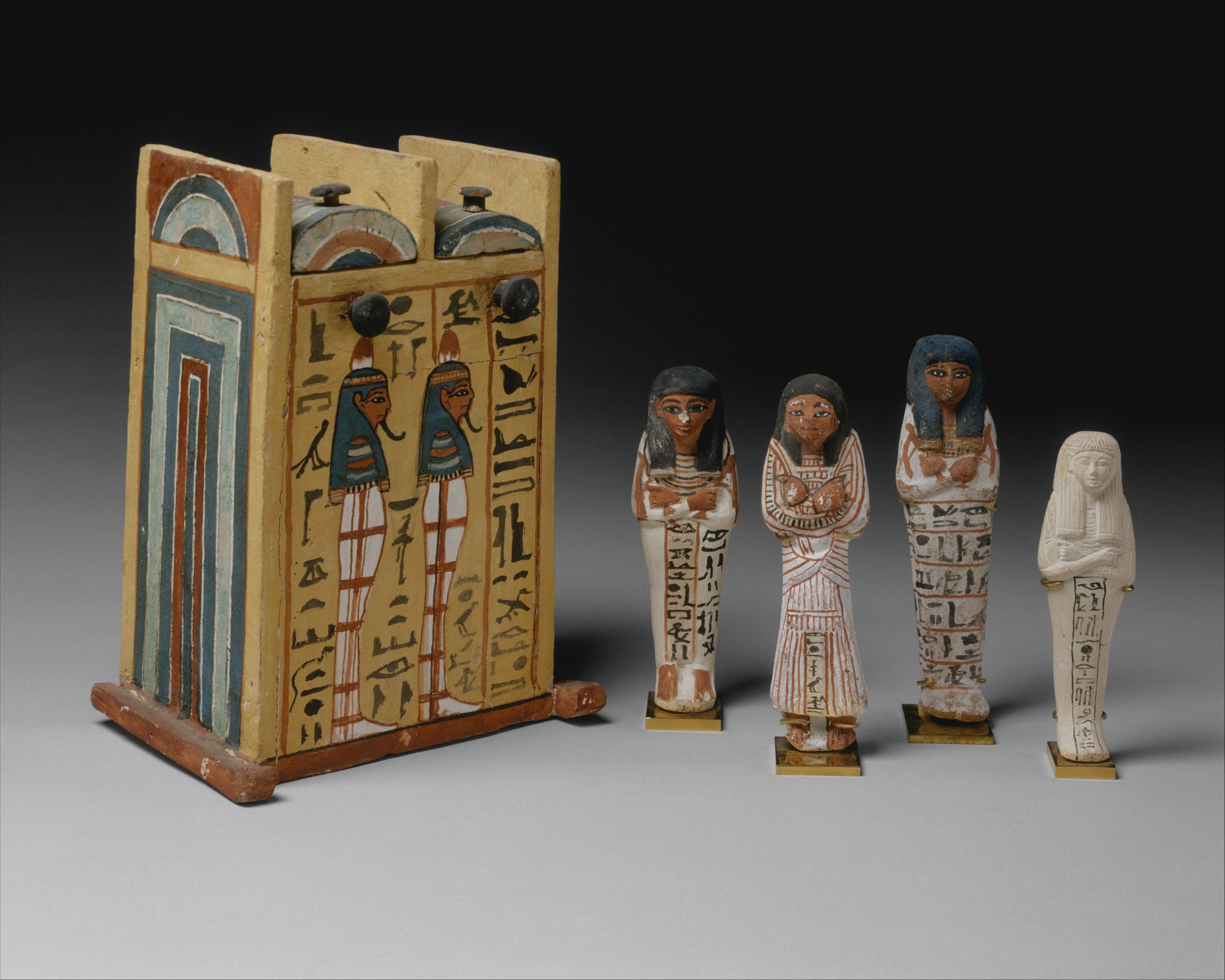Unveiling the Enigmatic World of Shabti Statues: Guardians of the Afterlife in Ancient Egypt

In the mystical realm of ancient Egypt, where belief intertwined seamlessly with the tangible, the concept of life after death held profound significance. Among the myriad practices and rituals that adorned this civilization, the enigmatic presence of Shabti statues emerges as a testament to their enduring fascination with the beyond.

Originating during the reigns of the eighteenth and nineteenth dynasties, Shabti statues were conceived from a profound belief in the continuity of life beyond the mortal realm. In the Egyptian worldview, existence extended beyond the physical, with individuals transitioning to an afterlife where they were expected to continue their duties, particularly in the fertile fields of “yaru,” or bliss.

Central to this belief was the understanding that royalty and elite statesmen should not be burdened with manual labor in the afterlife. Thus, the concept of Shabti statues emerged as a solution—a cadre of figurines designed to serve the deceased, undertaking the tasks required of them in the realm of eternity.

Crafted in the likeness of mummies, these small statues were meticulously adorned with various tools symbolizing agricultural tasks such as plowing fields and herding livestock. Materials ranging from burnt clay to precious metals like gold and silver, as well as alabaster, were employed in their creation, underscoring the reverence bestowed upon them.

Yet, it was not merely their physical attributes that endowed Shabti statues with significance. Inscriptions adorned these effigies, conveying the commands and desires of the deceased to their servile counterparts. Through these writings, the deceased articulated their wishes, directing the Shabti statues to labor on their behalf in the afterlife.

The cycle of service was intricately woven into the fabric of ancient Egyptian funerary practices. Each Shabti statue was assigned a day to fulfill its duties, ensuring a perpetual cycle of service to the departed. These statues found their resting place within wooden boxes ensconced in the tomb, strategically positioned around the sarcophagus of the king—a testament to their paramount importance in the journey to the afterlife.

The very name “Shabti” finds its roots in the ancient Egyptian term “washab,” meaning “the answerer.” Reflecting their role as obedient servants, these statues were expected to respond dutifully to the commands of the deceased, perpetuating their legacy in the eternal realm.

As we conclude this tale, the allure of ancient Egypt beckons us to delve deeper into its mysteries. The story of Shabti statues is but one chapter in a saga brimming with wonders and enigmas, inviting us to embark on a journey of discovery through the annals of time. Until we meet again, anticipate the unveiling of new revelations from the storied past of this mesmerizing civilization.
